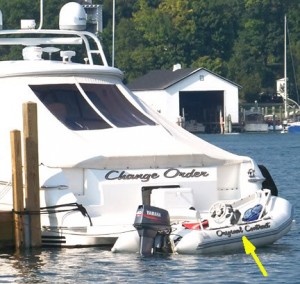There probably aren’t two words that scares people in construction more than “Change Order”. Many people consider a project a failure if a project has change orders. A true failure is change orders on a project that are unbudgeted, mismanaged, and unexpected.
There are two types of change orders:
1) Unforeseen conditions (often site related) – This most often comes up when working in second generation space where surprises come up in places such as above the ceiling.
2) Design changes – During the coarse of the project, the clients often make design changes (and sometimes forget that their decisions can result in budget implications). Also, in many cases the design for a project isn’t 100% complete when construction starts and when the final details get specified, which results in change orders.
Here are some techniques for making the inevitable sting a little less for everyone:
1) Budget for the worst. A change order free project is unlikely, so carry contingencies. By properly setting expectations before the client approves moving forward, a “worst case scenario” budget can be generated. Carry a contingency for unforeseen conditions and a contingency for design changes. The values carried in these accounts will vary project by project, and project early in the design process will require a more generous contingency.
2) Keep a running tab. Not asking your contractor for a regularly updated change order log, is like going to a fancy restaurant, ordering without looking at the prices on the menu, and crossing your fingers that you can afford the bill. The change order log should not just be a historical tabulation of approved change orders but it should also forecast the potential exposure of future change orders that have come up based on issues at hand.
3) Be proactive. It’s important in your weekly meetings with your contractor and design team to flush out potential change orders instead of just letting them happen. Everyone will feel more comfortable if issues and changes are identified early in the project – not right before move in. Do things such as investigate existing code compliance before the inspector visits and make sure the client approves final details before you have to backtrack in the field.
Nobody likes change orders, but by staying ahead of them, the impact on the budget can be minimized.



